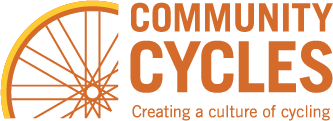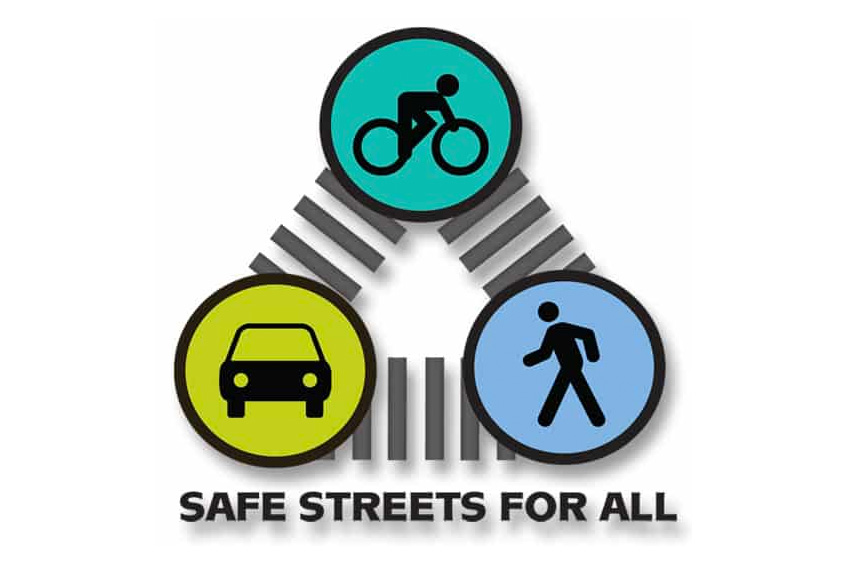There are few times in the course of service that local elected officials have the opportunity to save lives. Now is one of those times. The way we design and manage our streets is literally killing people. The time for change is long past due.
Boulder’s latest “Safe Streets Report” provides the data supporting widely held perceptions that our streets are not very livable for those outside of a private automobile. We know, and are confronted with increasing evidence, that cyclists and pedestrians are hurt far more often and far more seriously than is their share. People on foot or on bike account for about 60% of the injury on Boulder’s streets, almost all as the result of motor vehicle collisions, despite the fact that they make up only 12% of traffic volume. I urge you to recognize this trend as an unacceptable threat to public health. Most importantly, we must commit to changing our collective attitude that “these things happen.” Motor vehicle crashes and injuries are all the more alarming because they are largely preventable, if we have the will to act to prevent them.
As a great city, we must create a system that embraces people walking and biking and adopt roadway design that values humans in the streetscape. As we do so, we can be guided by two basic goals: make motor vehicle collisions less likely, and make them less deadly when they do occur. Cities across the country are adopting more modern traffic engineering standards that take into account the reality of, and even encourage, bicyclists and pedestrians sharing the streetscape with automobiles. These modern standards give staff working in both Transportation and Planning the tools to design and manage roads that are safer for all users. Boulder’s traffic design standards lag behind the more progressive cities who have decided to publically address crashes through a variety of strategies, sometimes called “Vision Zero” campaigns, with a goal of zero traffic-related deaths.
What are the next steps?
Law enforcement is important, but Vision Zero communities employ many different approaches together. There is no one fix; dozens of changes large and small contribute to slower speeds, more careful driving, better visibility among all street users, and ultimately zero traffic-related fatalities. For Boulder, two main strategies seem like promising places to start: changing signal priorities, and reducing the design speed for motor vehicles on our streets where crashes have become endemic. We know that motor vehicle crashes become exponentially more deadly at higher speeds.Slowing down auto collisions does not mean punishing motorists. It means, first and foremost, making mistakes by all users less likely and saving lives when people do make mistakes.
Boulder’s roads are “signalized” to accommodate the maximum throughput of auto traffic, when they should be controlling the safe movement of all people through an intersection. It’s an important difference. Simple changes like providing a leading pedestrian interval – giving pedestrians a head start into the intersection while motor vehicles pause – has been shown to reduce pedestrian/vehicle collisions by as much as 60%. We should also reconsider our use of the flashing yellow for left turn lanes at intersections, and choose instead to provide a protected crossing for pedestrians. Such a change might have saved Helen Greschler. She thought she was crossing the street safely during the walk phase, but a left-turning vehicle fatally failed to yield to her because he saw a flashing yellow arrow instead of a person in the crosswalk. This unprotected pedestrian crossing situation exists in intersections all over town, not just at Folsom and Canyon.
There are other engineering practices Boulder can adopt to make our streets safer for people not in automobiles. Our current travel lanes widths in many places encourage unsafe driving speeds, even where more vulnerable road users are common. We can both lower speed limits and use engineering that makes the desired, posted speed limit more natural to follow, giving everyone on the road more time to see and react to one another. Strategies for narrowing roads include restriping, installing physically separated bike lanes, or using public art, planters, pedestrian refuges, bulb-outs and parking areas: all of these things should be under consideration. The Safe Streets reports reveal that Boulder crashes involve a high proportion of turning vehicles, and Community Cycles will continue to advocate for sharper turning radii at intersections and into developments, to slow down turning movements.
There is much that can be done, today, for minimal cost to make our streets safer. It is the basic responsibility of government and duty of elected officials to provide for the safety of its citizens. Our roads are killing people now. Let’s do all we can to prevent the next fatal crash.

